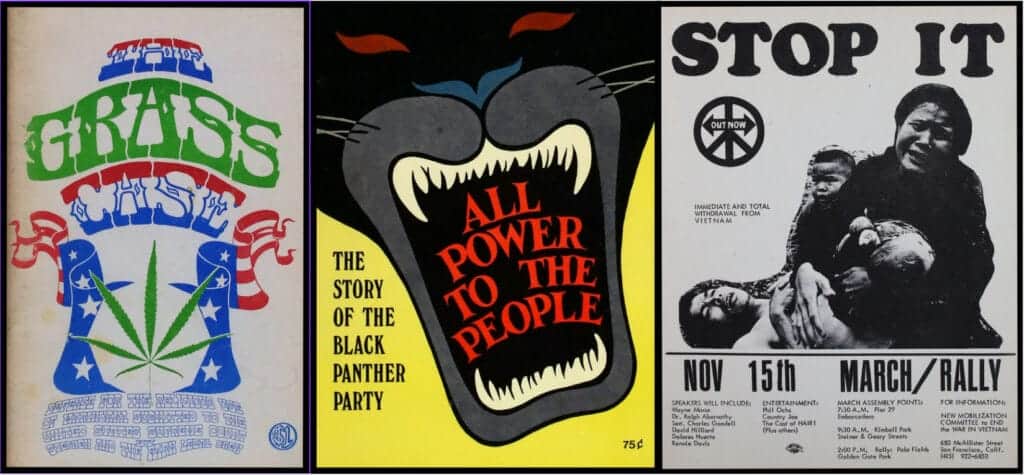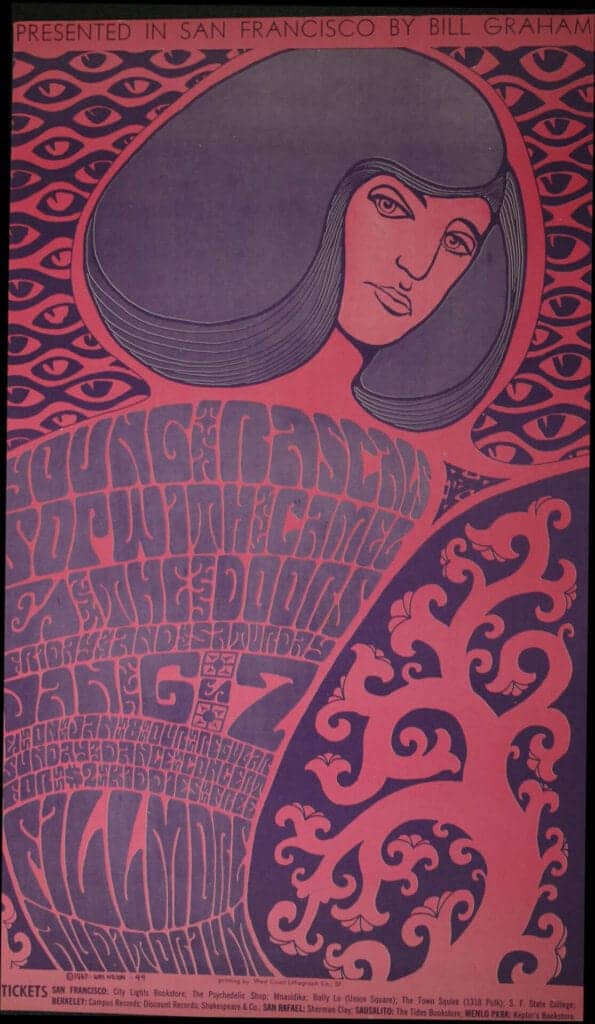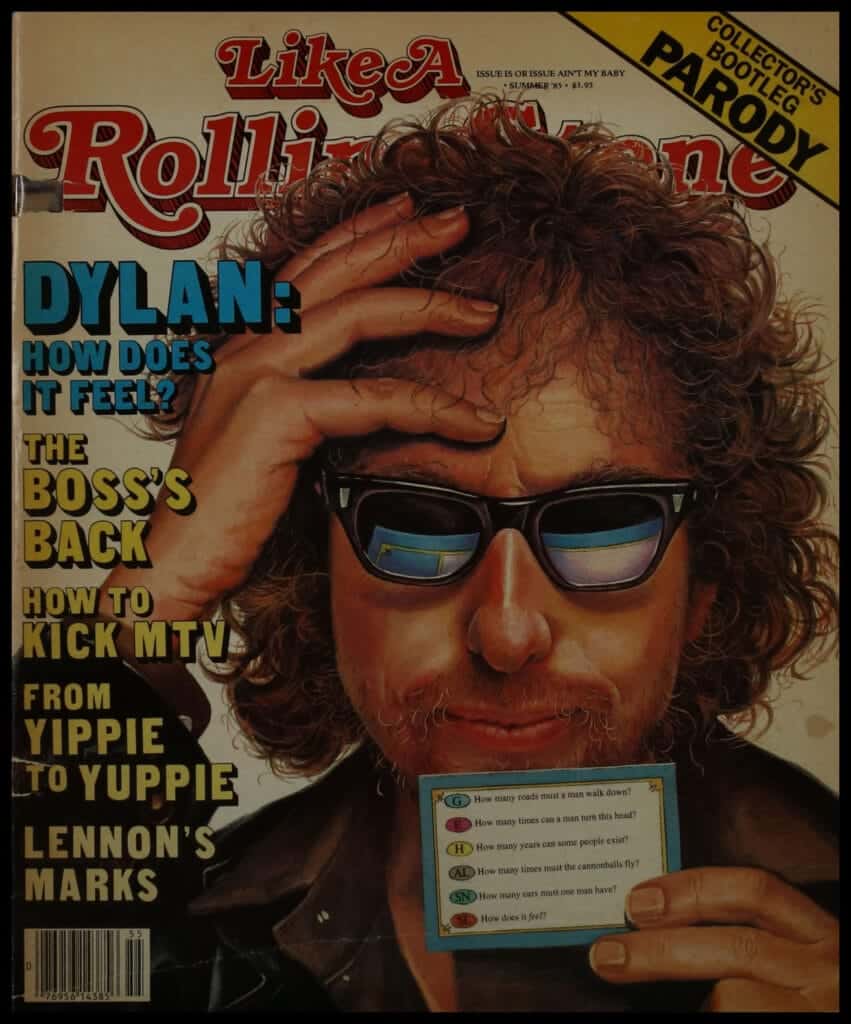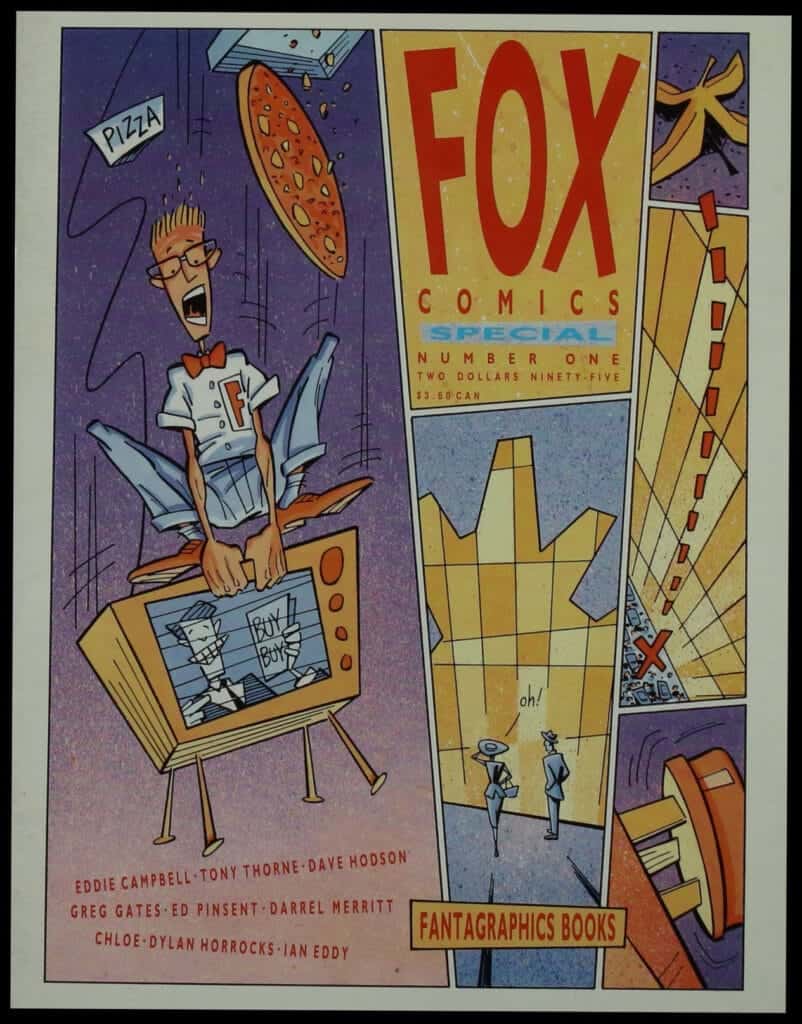│By Robert P. J. Cooney, Jr., Graphic Designer, Editor and Writer responsible for the Pacific Coast Counterculture Collection│
More than fifty years have passed since the rebellion of American youth during the 1960s that became known as the Counterculture. Now, this exciting and colourful movement is the subject of Gale Primary Sources’ Pacific Coast Counterculture Collection, which is part of their new digital archive Power to the People: Counterculture, Social Movements and the Alternative Press, Nineteenth to Twenty-First Century. The digital collection contains a unique mix of printed material – pamphlets, publications, periodicals and more – that captures the diversity, creativity and impact of individuals and small groups that emerged during this intense time.
I grew up in San Francisco and became a political activist by resisting the draft during the Vietnam War. Ever since, I saved radical printed material that I realised I might never see again, gradually creating the Pacific Coast Counterculture Collection. I was on the staff of the Institute for the Study of Nonviolence in Palo Alto in the 1970s and documented protest and dissent during the twentieth century in The Power of the People: Active Nonviolence in the United States (Peace Press, 1977).
What is Counterculture?
Before we go further, what do we mean by Counterculture? Dr. Mark Yoffe, curator of the International Counterculture Archive at George Washington University, provided this summary:
“We define as counterculture groups and movements existing within any modern society and in any country which find themselves in opposition to governing and accepted mainstream ideology, values and the approved and sanctioned forms of self expression. Counterculture is a culture of opposition and minorities. It can be highly political and/or purely artistic, but it inevitably finds itself in opposition to the mainstream political thinking, aesthetical perceptions, styles, and forms and ways of self expression.”1
The “culture of opposition” and the tension between the establishment and the growing counterculture is evident throughout this collection.
“Counterculture is a breeding ground of bold, original, radical and lunatic political thinking, aesthetical innovation and ideological and philosophical beliefs,” Dr. Yoffe observed. “Counterculture is a fruitful soil for the development of new and innovative artistic and stylistic trends, fashions, cults, and fads. It is an integral part of the political and cultural life of any country. Its study is necessary for a deeper understanding of the given country’s history, culture, and national or regional psychology.”2
Counterculture in the United States
A central part of the counterculture in the United States was opposition to the war in Vietnam, which saw the deaths of over three million Vietnamese and led to larger questions about militarism, capitalism, Christianity, and other pillars of American society. In the tradition of American dissent, the counterculture led to a host of radical experiments, social movements, and an alternative press over the following years, all of which had a powerful and lasting influence on American life.

The Pacific Coast Counterculture Collection contains thousands of rare, independently produced posters, pamphlets, booklets, magazines, newspapers, leaflets, and printed ephemera from the 1960s into the 1990s. The extraordinarily diverse archival material is arranged in fifty-eight subject files – from Anarchism, Animal Rights and the Anti-Nuclear Movement to Women’s Peace Camps, Youth Liberation, and Zines. The collection numbers 11,000 items with a wonderfully expressive graphic art aspect throughout.
This collection will encourage interdisciplinary research. It is substantial, diverse, and centred in the San Francisco Bay Area, where this “wave” of counterculture arguably originated. The wealth of reference and original source material will appeal to students, researchers, and instructors with multiple interests. Most short-run, unbound pieces, like leaflets and pamphlets published by the groups involved, are now very hard to find. Scanning the entire collection, including articles in a wide variety of publications, creates a remarkable level of access that was never before possible.
Categories within the Collection
Bold and original thinking marks every subject in this collection, which I organised into three often overlapping categories.
Counterculture naturally includes material on subjects like communes, hippies, marijuana, sex, drugs, ecology, alternative lifestyles, and rock and roll. There are directories and newsletters from emerging groups focused on new approaches to education, food, health, community, economics, and other close-to-home subjects. There are also underground newspapers and comics that reflect the new sense of freedom, and psychedelic posters from Fillmore Auditorium concerts in the distinctive graphic style of the time.

Social Movements includes documentation of over a dozen grassroots uprisings including the Anti-Nuclear and Peace movements, the Environmental and Disarmament movements, and those for Black Power, Civil Rights, and Native American rights. There is material on Women’s Liberation, Men’s Liberation, the Labour movement, New Age/Spiritual movements, and the Gay and Youth Liberation movements. In addition, there are files on subjects like anarchism, animal rights, boycotts, conspiracies, dissent in other countries, nonviolence, prisoners, political analysis, political extremists, racism, and sexuality.

The Alternative Press offers a wide selection of non-mainstream, low circulation newspapers, magazines, oversize periodicals, journals, references, and posters of all sizes in files such as Arts and Culture, Literature, Librarians, Poetry, and the Small Press. A particularly notable category is Humour, featuring many irreverent and controversial comic books, satires, magazine parodies and cartoon collections that paved the way for wider graphic art storytelling.

I preserved over five hundred issues of individual newspapers and magazines that reflect the alternative political and cultural scene in the San Francisco Bay Area – and nationally – from the 1960s into the 1990s. These include regional publications that sprouted up in California, New York, Minnesota, Vermont, North Carolina, Oregon, and other states that were often seedbeds for the “new journalism” that followed. Although some magazines and papers stopped publishing after only a few issues, single examples will alert researchers to the possible existence of others.
Ephemera and Graphic Design
In addition to periodicals, booklets, and pamphlets, I collected a vast array of printed ephemera related to many of the subjects in the form of calendars, broadsides, bumper stickers, advertisements, front page headlines, stamps, stickers, post cards and more. There are catalogues, for instance, on small press titles, cooperative board games, comic books, flipbooks, rubber stamps, bandanas, Spam, and naked camping gear.

The collection also includes many graphic art publications, dynamic posters, and other examples of vibrant, attention-getting design from this artistically fertile time. Posters, magazine covers and even leaflets all feature insightful examples of vital and compelling images, as well as the distinctive use of typography and colour.
The Pacific Coast Counterculture Collection
As curators of Berkeley Museum’s 2017 exhibit “Hippie Modernism: The Struggle for Utopia” emphasized, “The counterculture, once dismissed as a social and aesthetic anomaly, introduced ideas and techniques that have profoundly shaped contemporary life.”3 The Pacific Coast Counterculture Collection offers, in one place, a wealth of extensive documentation of this revolutionary period to encourage and enable deeper study.
If you enjoyed reading this blog, then check out some of our other similar posts:
- Pride and Protest: LGBT+ Disability Activism in the US, 1985-1995
- Free from Male Influence: The Second Wave Feminist Press
- The Lesbian Avengers and the Importance of Intersectionality in LGBTQ+ Activism
Blog post cover image citation: A montage of images sourced from the Power to the People: Counterculture, Social Movements and the Alternative Press, Nineteenth to Twenty-First Century archive.
- International Counterculture Archive. (n.d.). https://home.gwu.edu/~yoffe/
- International Counterculture Archive. (n.d.). https://home.gwu.edu/~yoffe/
- Hippie Modernism: The Struggle for Utopia. (2015, December 23). BAMPFA. https://bampfa.org/program/hippie-modernism-struggle-utopia

